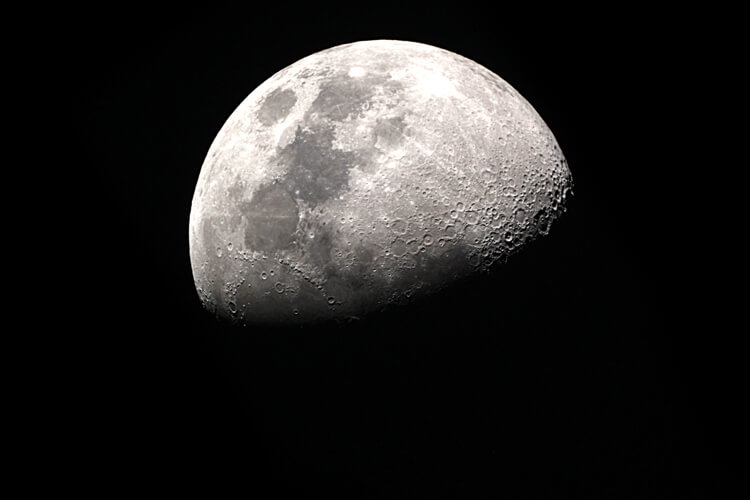
What keeps the moon in orbit around the earth:
The graceful motion of the moon as it orbits the earth is regulated by the unchangeable laws of gravity and motion. Humanity has been fascinated by such fascinating celestial events for centuries. One must delve into the complicated nature of these principles and appreciate the cosmic elegance of this cosmic partnership in order to understand what keeps the Moon in orbit around the Earth.
The orbit of the moon around the planet Earth is ultimately a complex balancing act between gravitational forces and the momentum of the Moon proper. The moon orbits the earth thanks to gravity, its main source of attraction. The exact same force that keeps us on the surface of the Earth also extends deep into space.
Knowledge of this universe dance requires an understanding of Isaac Newton's law of universal gravity. According to this principle, each particle in the universe is drawn to each other by a force that is directly proportional to their masses and inversely proportional to the square of their distance from each other. The force of gravity between the Earth and the Moon is properly represented by this law. The Earth has a stronger gravitational pull than the Moon because it has a mass that is significantly bigger.
The moon is continually pulled toward the earth by this gravitational force, serving as an unseen rope. The Moon would, however, fall toward our planet and collide with it in a catastrophic collision if this were the only factor at work. Fortunately, due to the moon's innate motion, this doesn't occur.
The Moon has attributes known as inertia, just like every other celestial body in motion. This inertia prevents the moon's velocity from changing in either direction or magnitude. The moon was already in motion when it was formed, and it is still moving today. The Moon avoids colliding with Earth thanks to its tangential velocity—a velocity that is perpendicular to the gravitational force.
Imagine a situation where you are circling a ball on a string. The ball is kept on a circular course by the string, which stands for gravity. But because of its inertia, the ball would take off in a straight line if you let go of the thread. Similar to the moon, if it were to suddenly stop moving forward, gravity would cause it to slam into the earth. However, because it keeps moving, it "falls" around the Earth continuously, creating an elliptical orbit.
An elliptical orbit is the result of this equilibrium between gravity's pull and the Moon's forward velocity. The Earth is one of the two FOCs of an extended ellipse, causing up the Moon's orbit instead of a perfect circle. This shows that the Moon's orbit causes a small variation in the distance between Earth and the Moon.
The harmonious interaction of gravity's attraction and the moon's inertia-driven motion is basically what keeps the moon's orbit around the Earth. The universe is playing out a cosmic perform step of two that has been going on for billions of years. It serves as a reminder of the beauty and accuracy with which the universe functions. The moon's gravitational pull and endless motion assure that it continues to shine a soft, silvery glow in our night sky, a testament to the laws of physics that govern our celestial world.


You must be logged in to post a comment.